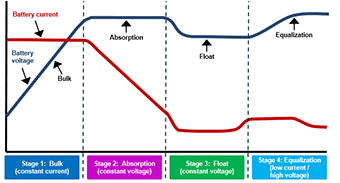Al
Guru
- Joined
- Apr 1, 2012
- Messages
- 2,206
- Location
- usa
- Vessel Name
- 'SLO'~BELLE
- Vessel Make
- 1978 Marben-27' Flybridge Trawler(extended to 30 feet) Pilothouse Pocket Cruiser[
Clarification on the smaller 25 Watt inverter. Yes, the cell and Ipad can use the UBS, my electric razor and hearing aid charger not so much
Yes, the cell and Ipad can use the UBS, my electric razor and hearing aid charger not so much .
.
Al-Ketchikan
 Yes, the cell and Ipad can use the UBS, my electric razor and hearing aid charger not so much
Yes, the cell and Ipad can use the UBS, my electric razor and hearing aid charger not so much .
.Al-Ketchikan

